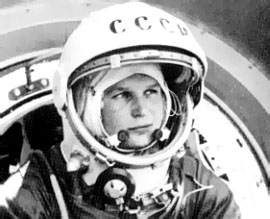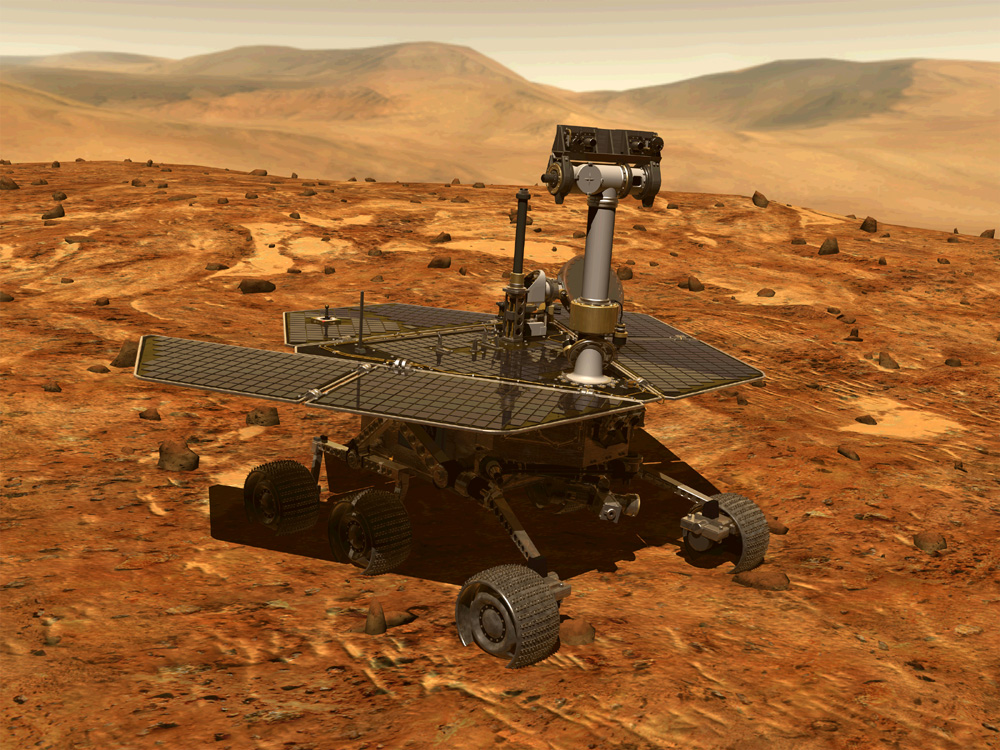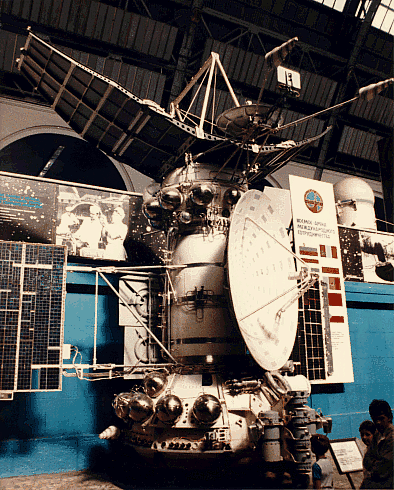This post is about the metaphorical mountains of excrement that get shoveled our way over the Internet, and those we shovel all by our lonesome selves. If that sort of thing doesn’t interest you, by all means just move along.*

(“Loud Yelling Please,” by Enokson, from Flickr via Creative Commons)
Here in Cyberland, we are inundated with blog posts, news feeds, trending topics, and whatnot. Some are thought-provoking, some entertaining, and some just infuriating. Or am I the only person who has seen a comment or item that made them mad enough to chew up a 2×4 and spit out toothpicks?
If you’ve not had that particular reaction — if your online world is full of peace and goodness and harmony — consider yourself blessed, consecrated, and possibly already ascended to the third or fourth Heaven.
But if you’ve felt that rush of angry adrenaline, what have you done about it? Did you gin up a retort as fast as your fingers could find the keys, and post it in the comments with a swift click of the mouse? Oh, how tempting that is, especially when the emotional charge makes that click of the mouse feel as good as giving the person a poke in the eye, a punch in the gut, a kick in the ass.
I’ve succumbed to that temptation and written those kind of reflexive posts, although of late I’ve come to realize that “reflexive” is not the right word. I really don’t write a “reflexive” blog post or article or e-mail. Maybe that’s because the editor in me requires that I read it over (and over, and over) to make the language more precise — at which point I realize that I’ve moved beyond having a knee-jerk reaction into being a full-blown jerk about asserting my own opinion.
So, upon reflection and usually thankfully, I often end up deleting whatever it was I wrote. Now, if I could only train myself to ignore what it was that incensed me in the first place, how much more pleasant my life would be.
But I know that no matter what group I am part of or with whom I identify, members of that group will eventually disappoint me — and if I expose myself to other groups with other points of view, whether political or spiritual or social or what-have-you, they will surely enrage me from time to time. And sometimes the issue may actually be important enough to enter into the discussion, or even into the argument.
Lord, help me pick my battles … and to not be a jerk about it.
___
*Speaking of the Internet, I saw an interesting piece online the other day that pointed out that creative people can sometimes be jerks. If this post isn’t your thing, you might prefer reading that one.



 by
by 

















